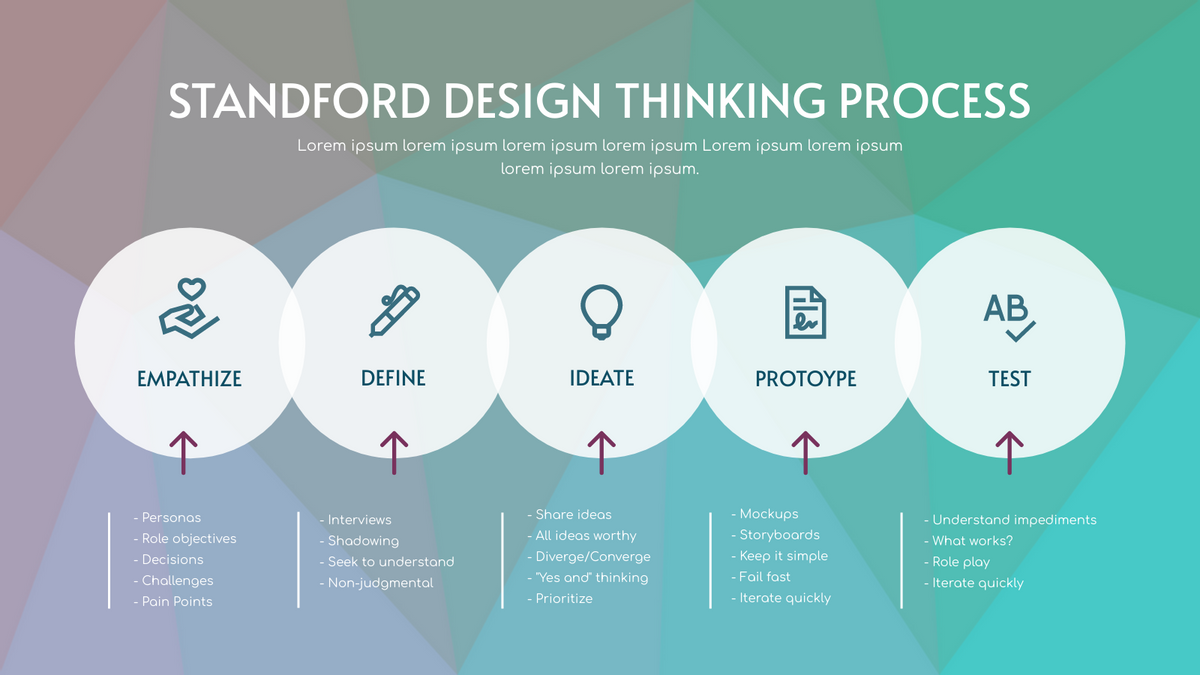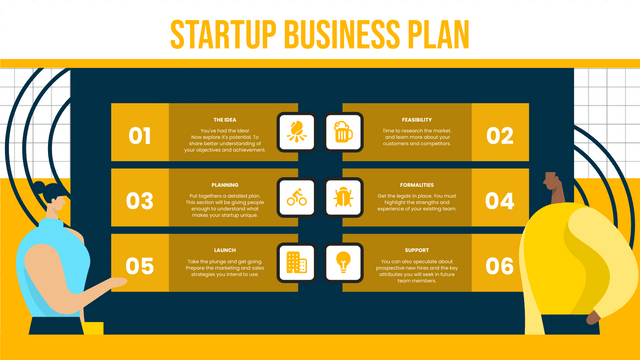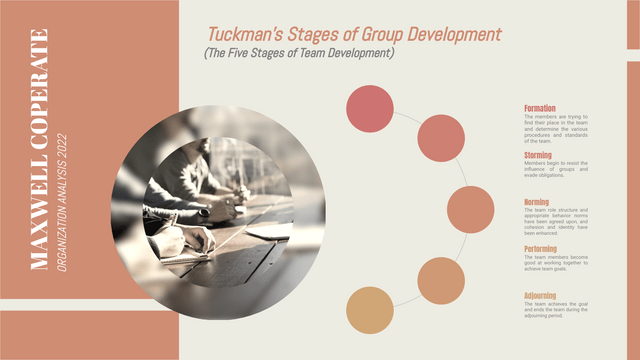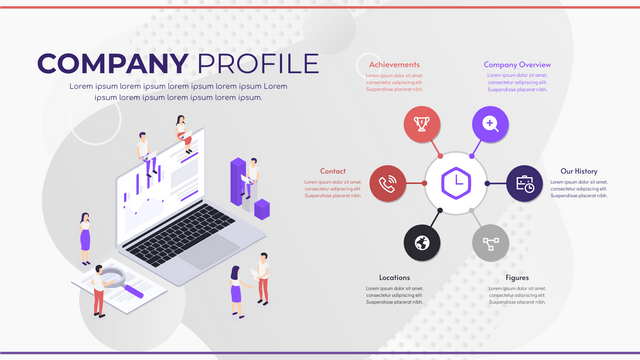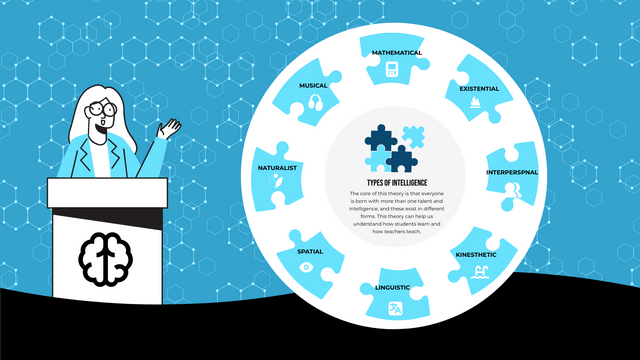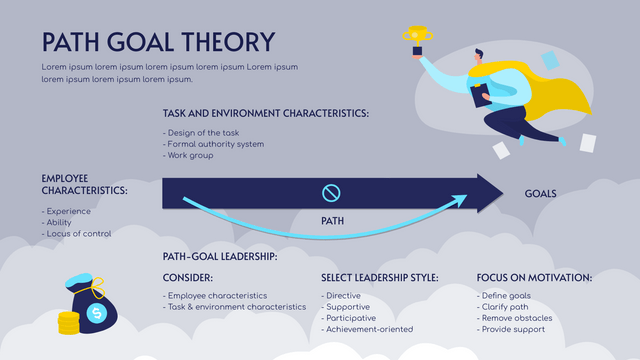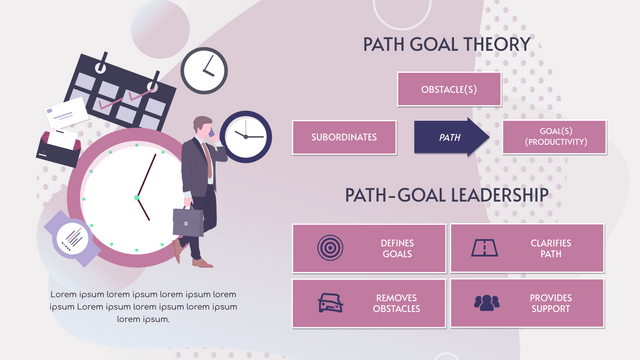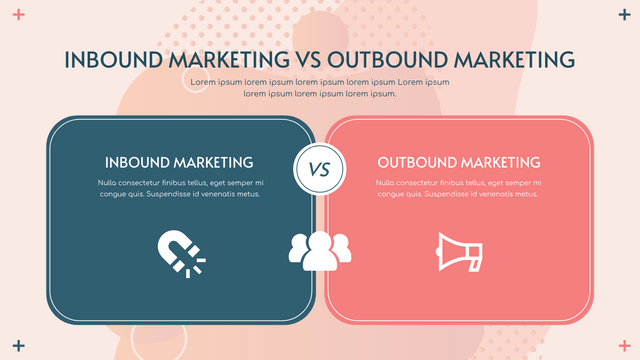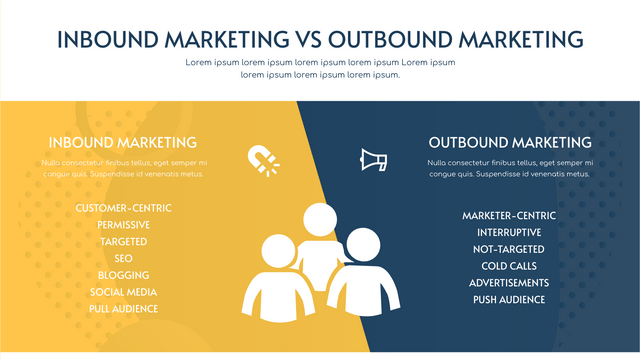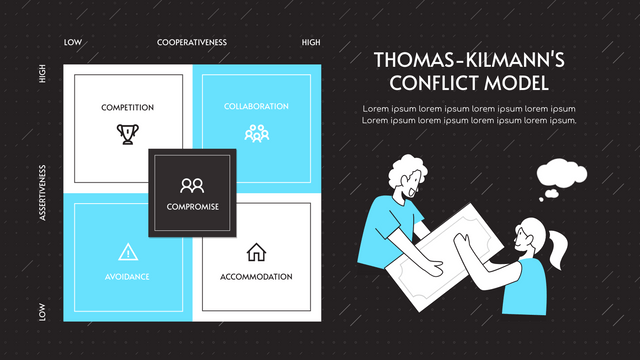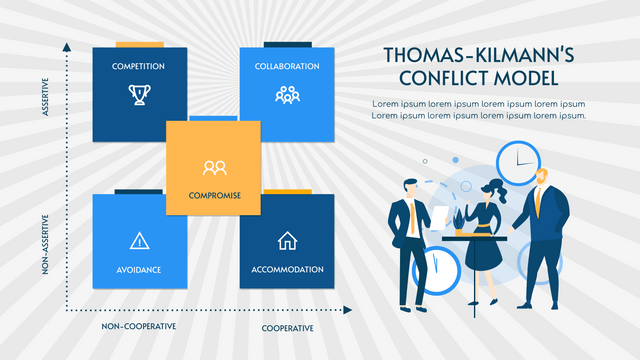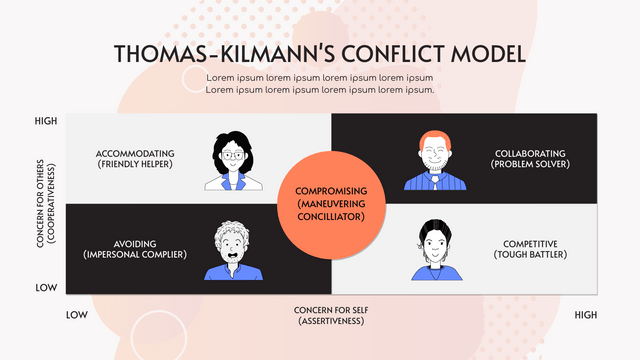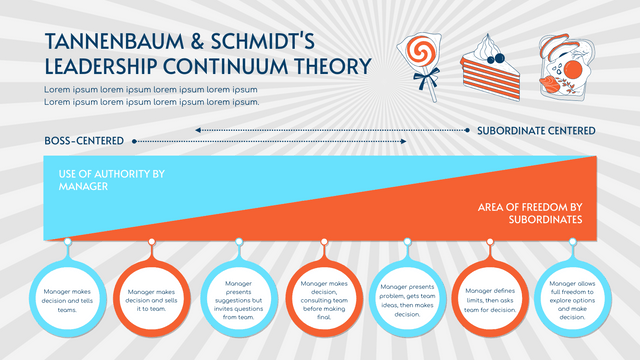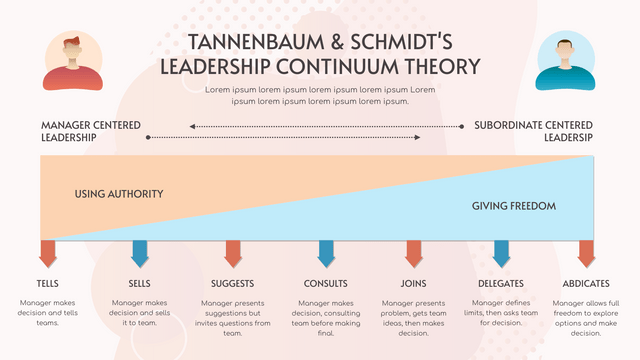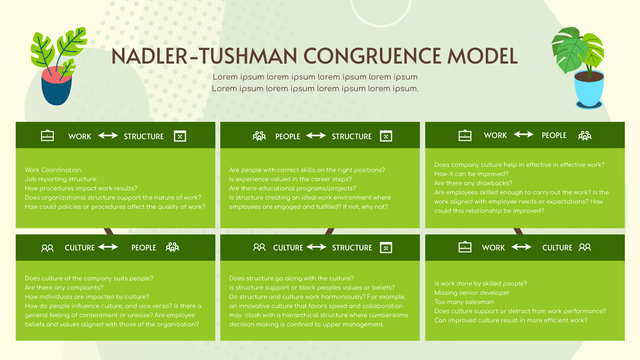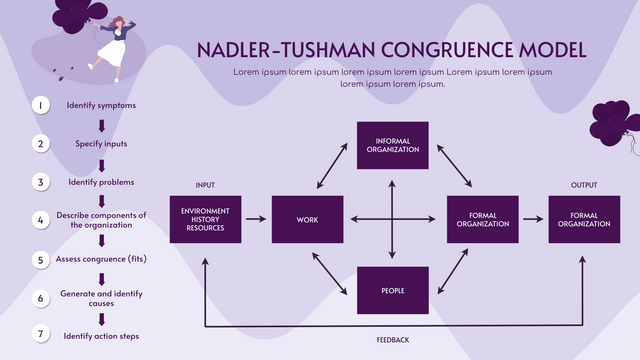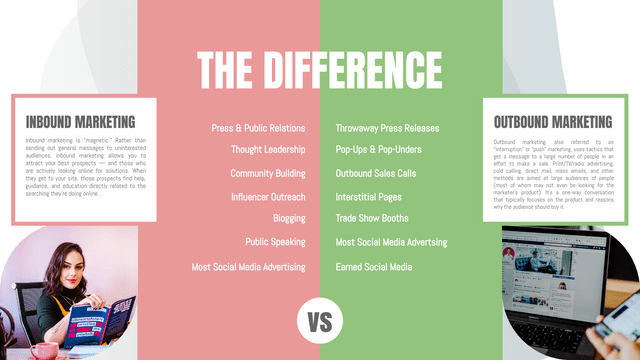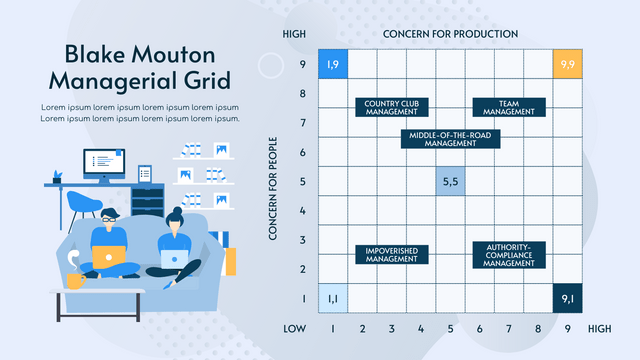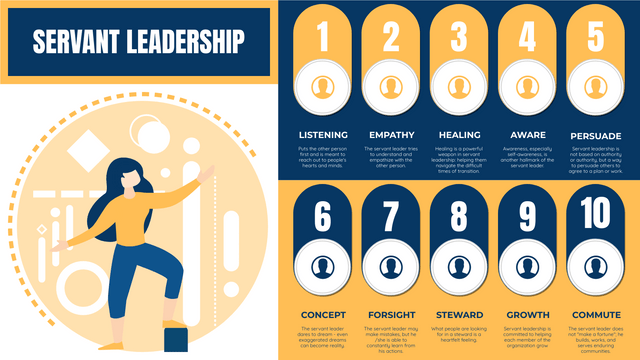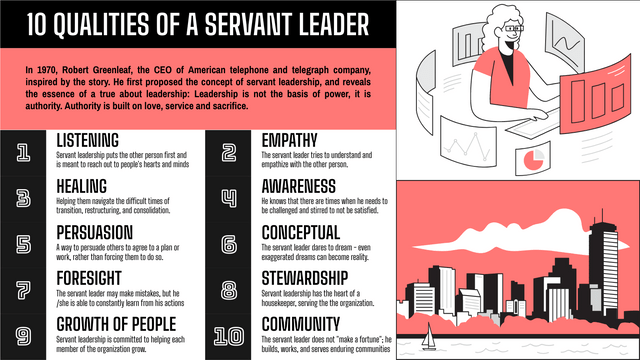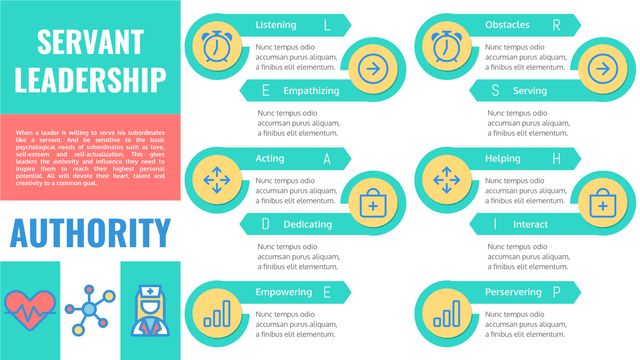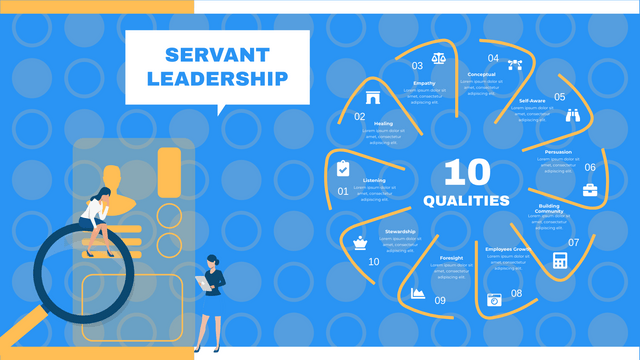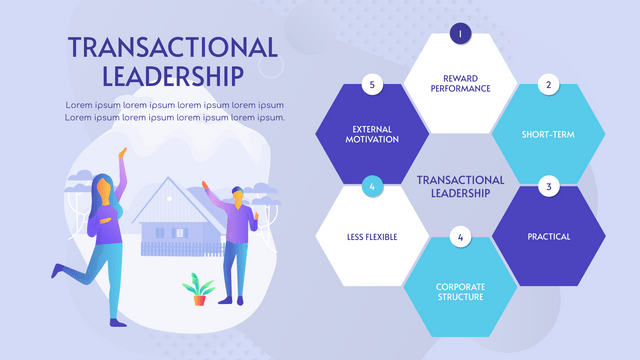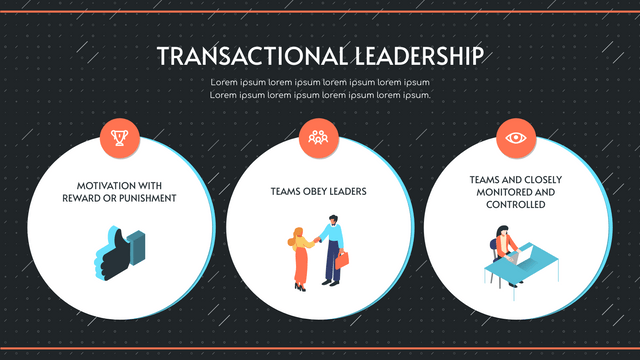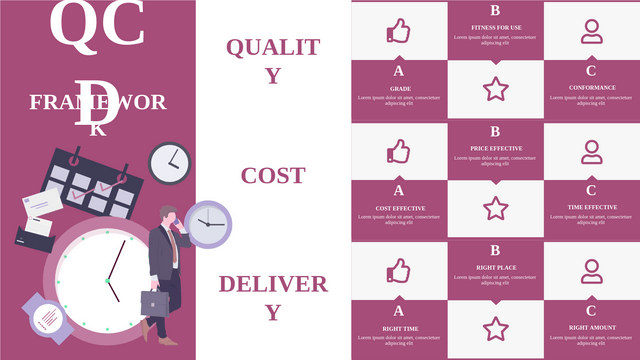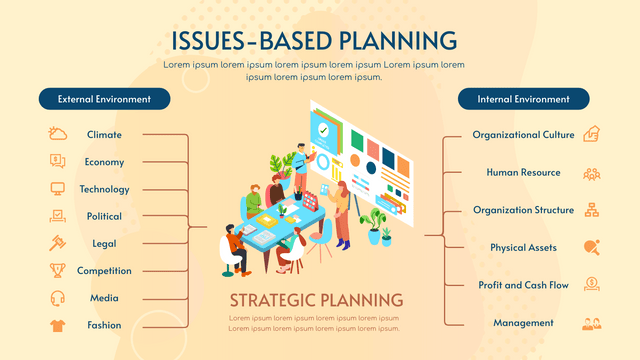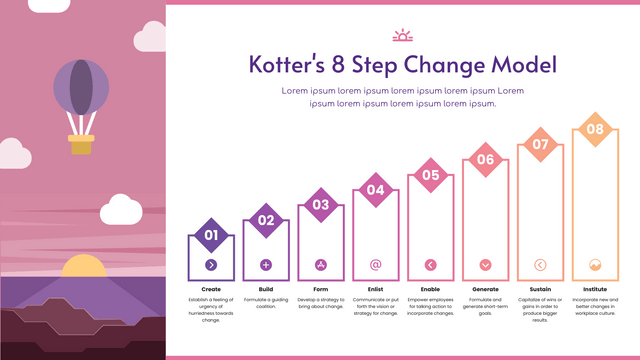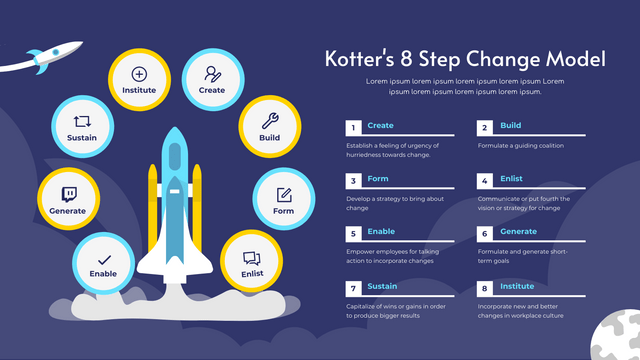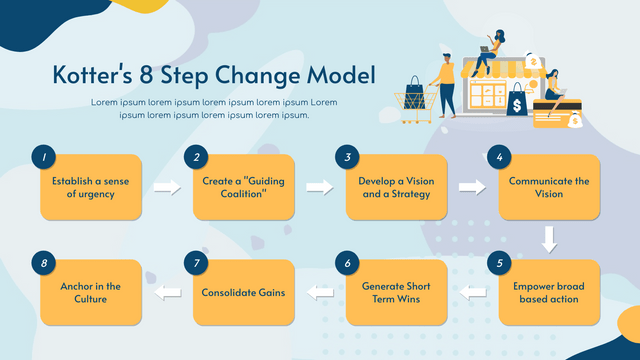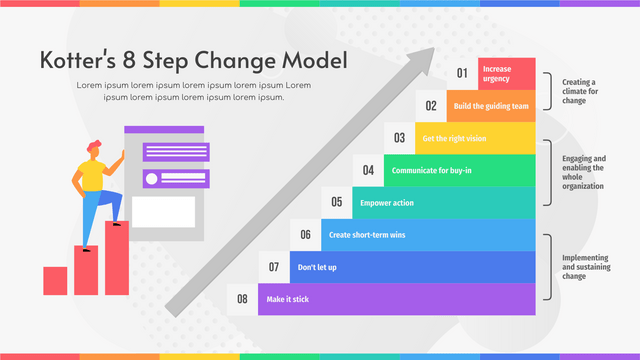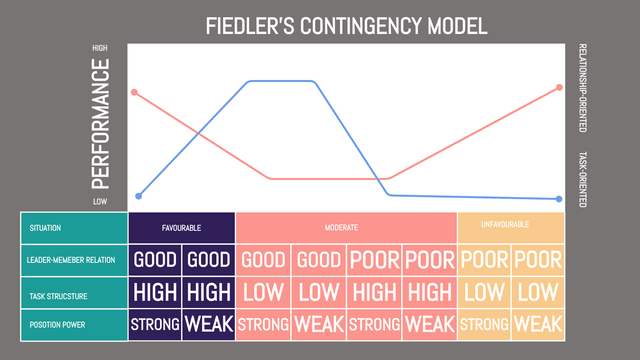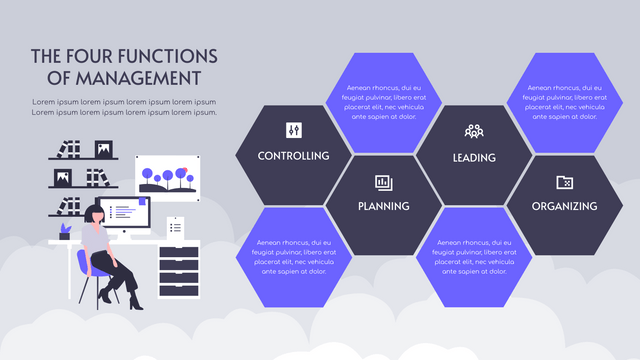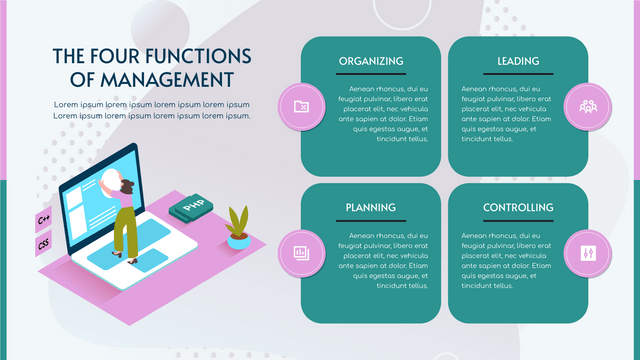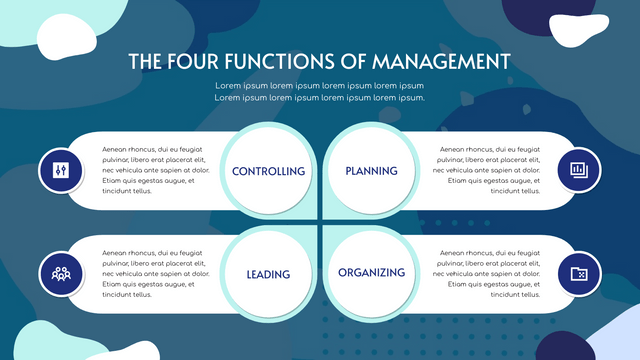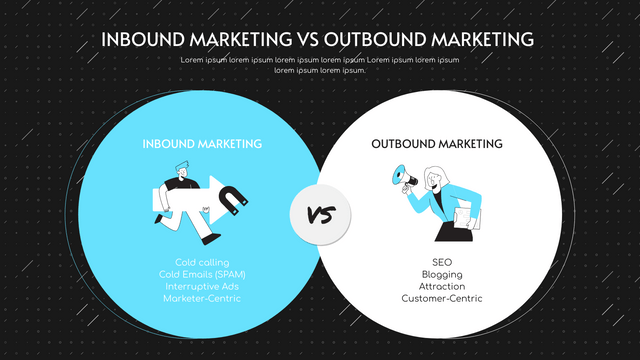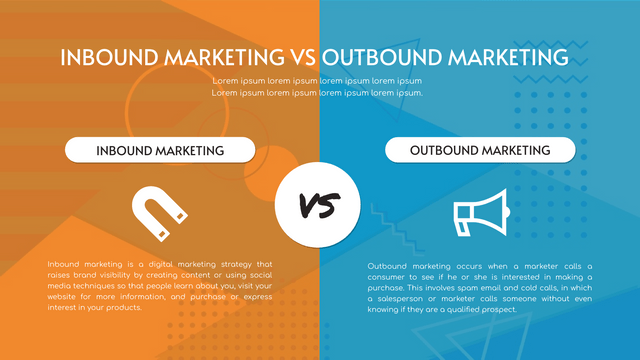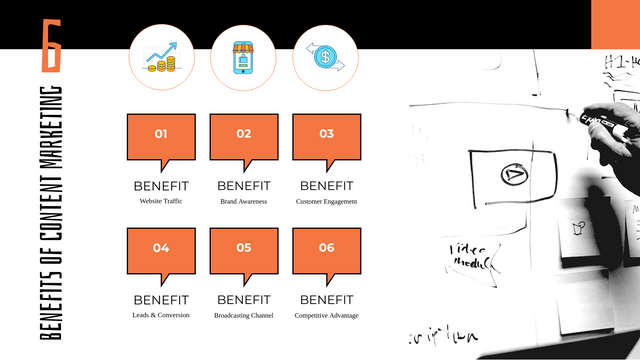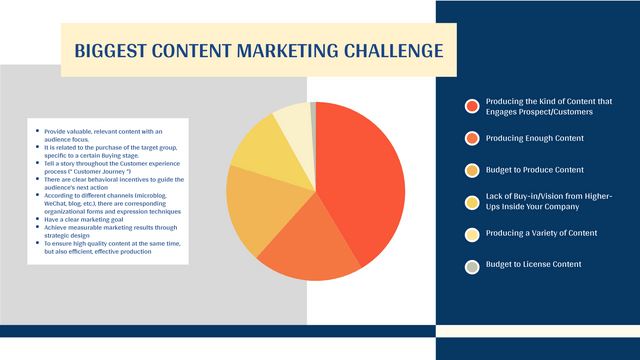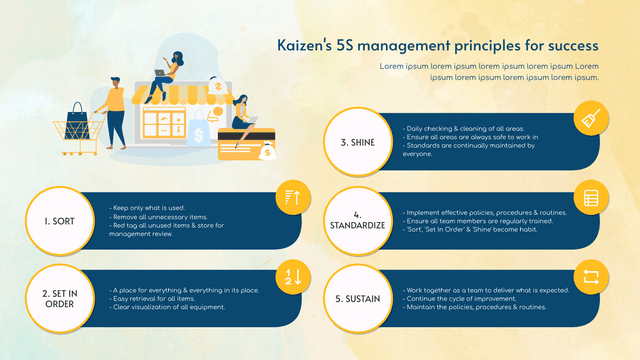What is the Stanford’s Design Thinking Process?
When it comes to design thinking, most people will understand it as designing with the designer's thinking, but in fact it is not a kind of thinking, but a methodology to solve problems. Design thinking can be understood as a reusable mode of thinking, and follow the core of people-oriented to understand the user, challenge the old ideas and redefine the problem, and finally find the appropriate solution through certain steps.
The 5 Steps Design Thinking Process
Stanford School of Design is one of the best design schools in the United States and the birthplace of design theory. Professor David Kelly, the founder of the school, divides design thinking into five stages - Empathize, Redefine, Ideate, Prototype design and Test. He also introduces a series of processes and strategies to guide students to actively identify challenges and creatively solve them.
Empathize - Stand in the user's perspective of thinking, experience the user's emotions and ideas, and understand the user's position and feelings. Only by truly understanding the user's psychology and experiencing the problems that the user may encounter, can we make a solution to the problem and design to meet the user's needs.
Redefine - According to the psychology of different users, we sorted out and screened the problems we had found, redefined the content of the project, and finally summed up the goal of the project in one or two concise sentences. In other words, be clear about what you or your project is trying to do and what problems they are trying to solve.
Ideate - Brainstorming is all about thinking of as many solutions as possible. The point is not to come up with a perfect idea, but to be creative and think of as many different ideas as possible. Regardless of whether the idea is crazy, you can break the limits of your habitual thinking.
Prototype design - After brainstorming, we already had a lot of solutions. The step is to identify the best of these solutions and create a final prototype. To put it simply, it is to visualize or materialize the best solution in mind, make a tangible solid model, and continue to find problems and improve in the process of making the prototype.
Test - Many people think of testing as an optional step, but it is not. Feedback from testing products is often very representative. Testing is a key step in identifying design flaws and verifying that the final product is consistent with the goals set earlier.
The 5 Steps Design Thinking Process Template
Here is a Stanford’s Design Thinking Process template created with Visual Paradigm's online strategic analysis tool. You can customize this template by modifying the text, color and font, and use it in your presentations and reports.
